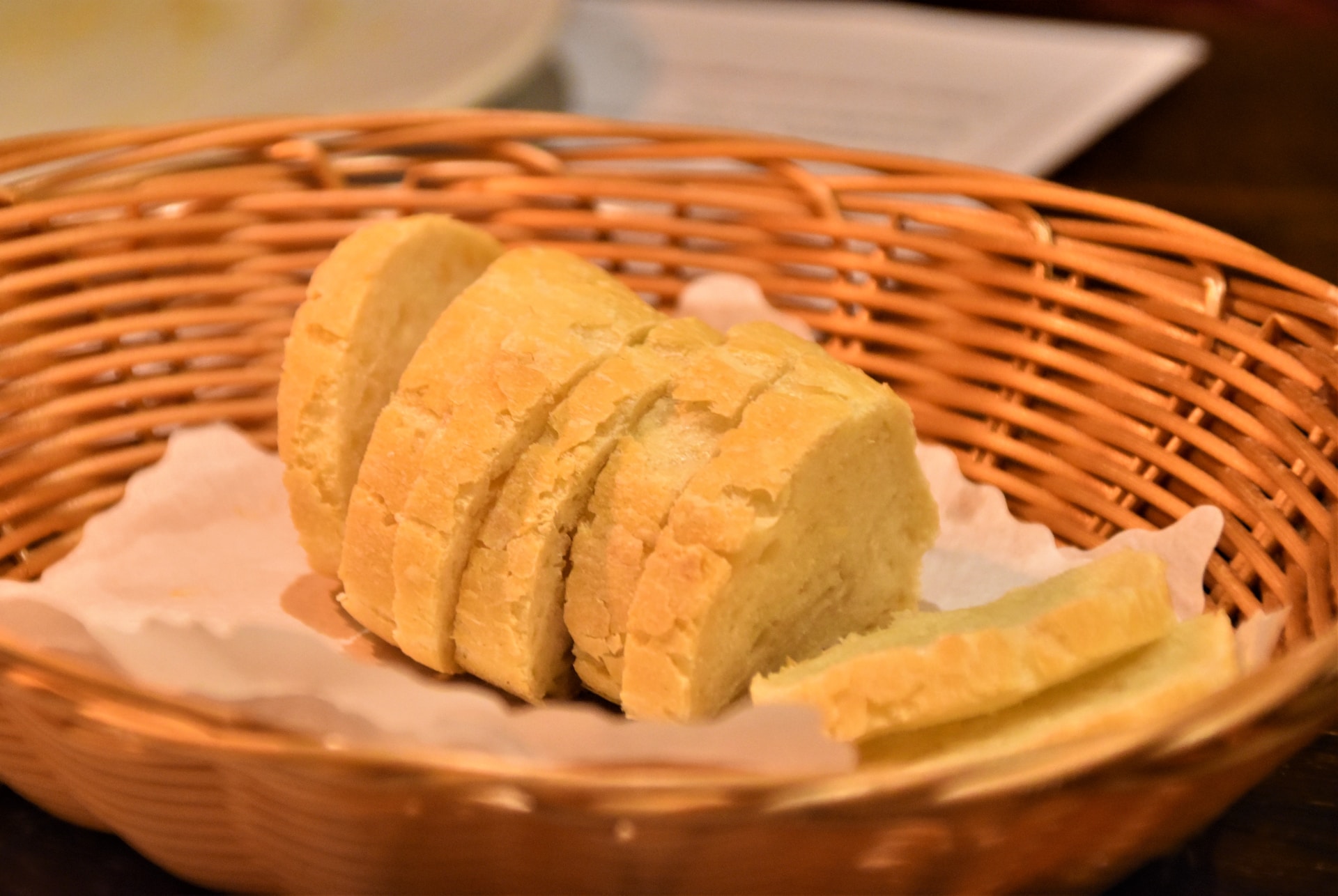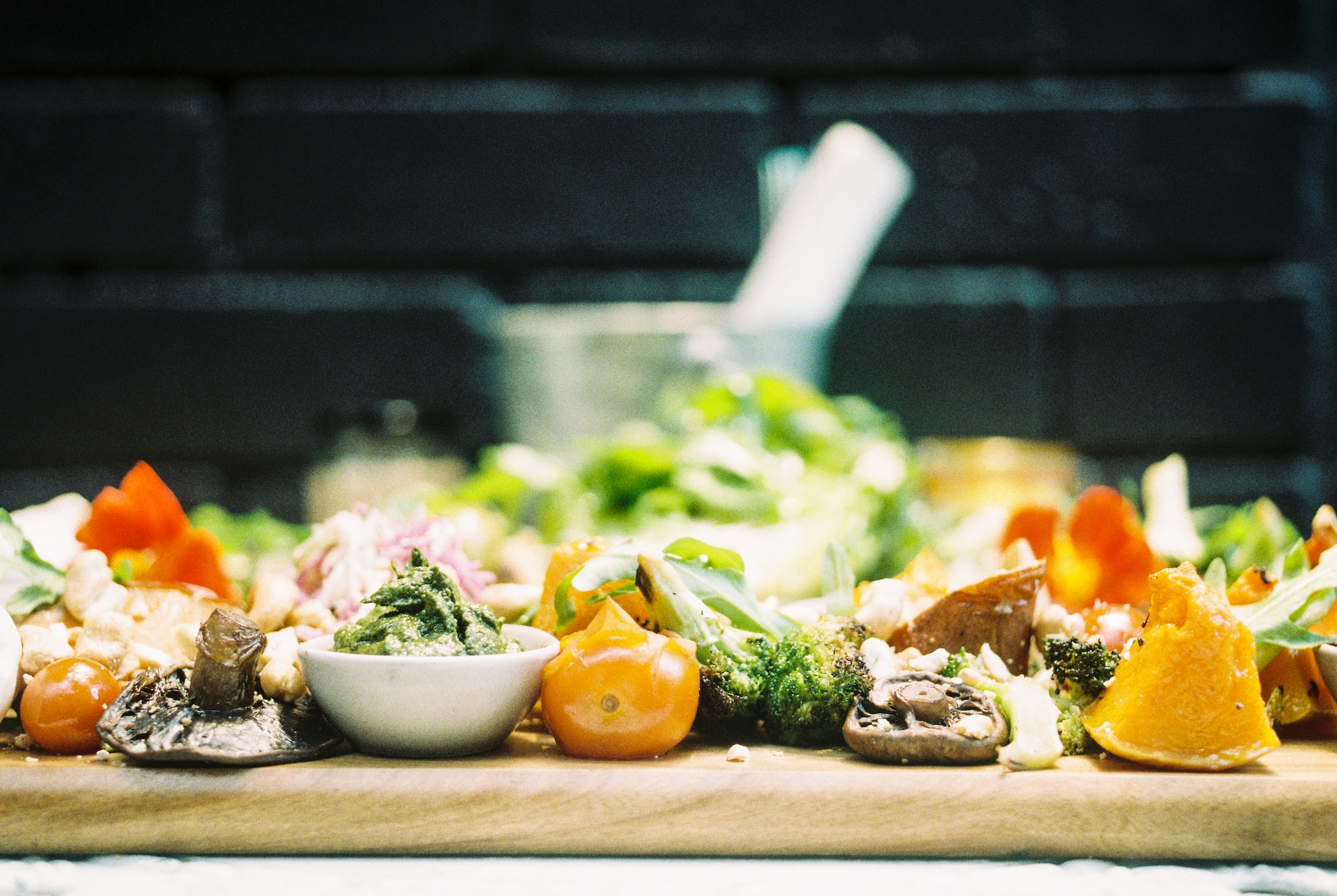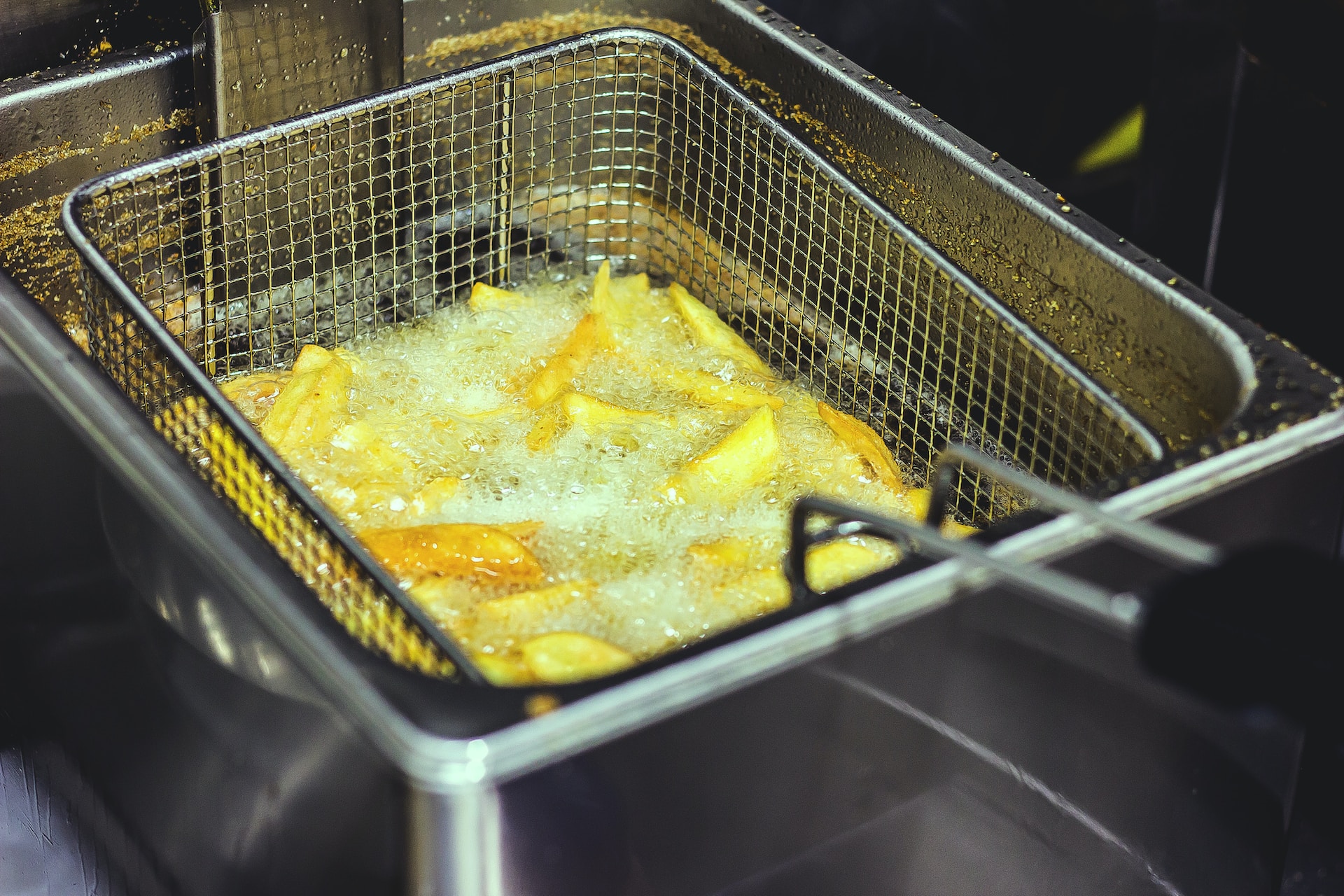It’s hard to imagine a restaurant menu without at least one mention of bread. Whether it’s a simple sliced white bread or an artisanal sourdough, bread is a staple in many cuisines and dining experiences.
Bread is not just an appetizer or a side dish. It can set the tone for the entire meal, stimulate the appetite, and complement the flavors of the other dishes. It can also serve as a vessel for dips, spreads, and toppings, adding texture and flavor to each bite.
Bread has been a staple food for centuries, and restaurants have played a role in its evolution. From the French tradition of serving a basket of bread to every table to the current trend of artisanal breadmaking, bread has been an essential part of restaurant culture.
Restaurants recognize the importance of bread in their menus, and often put a lot of thought and care into their bread selection and presentation. In this article, we’ll explore the different types of bread served in restaurants, the factors that influence bread selection, the role of bread in different cuisines, the presentation and service of bread, and the health considerations of bread consumption. By understanding these aspects of bread, you can appreciate the artistry and culture behind this simple yet essential food item.
Types of Bread
White bread
White bread is a classic, simple bread made from refined wheat flour, yeast, water, and salt. It has a soft texture and mild flavor that complements many types of cuisine. White bread is versatile and can be used for everything from sandwiches to French toast to croutons.
Whole wheat bread
Whole wheat bread is made from whole grain flour, which includes the bran, germ, and endosperm of the wheat kernel. It has a nuttier flavor and denser texture than white bread and is often considered a healthier option due to its higher fiber and nutrient content.
Sourdough bread
Sourdough bread is a type of bread made with a sourdough starter, which is a fermented mixture of flour and water that contains naturally occurring yeasts and bacteria. The sourdough fermentation process gives the bread a tangy flavor and chewy texture. Sourdough bread is often associated with artisanal breadmaking and is popular in trendy bakeries and restaurants.
French bread
French bread refers to a variety of breads that have their roots in French cuisine. The most iconic type of French bread is the baguette, a long, thin loaf with a crispy crust and soft interior. Other types of French bread include boules, batards, and ficelles, which vary in shape and size.
Rye bread
Rye bread is a type of bread made from rye flour, which has a distinct flavor and denser texture than wheat flour. Rye bread is popular in Eastern and Northern European cuisines and is often used for sandwiches, toast, and as an accompaniment to hearty soups and stews.
Focaccia bread
Focaccia bread is an Italian flatbread that is baked with olive oil, salt, and herbs. It has a soft, chewy texture and is often topped with ingredients such as garlic, rosemary, or olives. Focaccia bread is versatile and can be used for sandwiches, pizzas, or served on its own as an appetizer.
Ciabatta bread
Ciabatta bread is a rustic Italian bread that has a soft, airy texture and a slightly tangy flavor. It is often used for sandwiches, paninis, or as a complement to soups and stews.
Baguette
Baguette is a type of French bread that is long and thin, with a crispy crust and soft interior. It is a versatile bread that can be used for sandwiches, crostini, or as an accompaniment to soups and stews.
Each type of bread has its own unique flavor, texture, and cultural significance. Understanding the different types of bread can help you appreciate the diversity of cuisine and the artistry behind breadmaking.
Factors that Influence Bread Selection
- Cuisine type: The type of cuisine that a restaurant serves can greatly influence its bread selection. For example, Italian restaurants may choose to serve focaccia or ciabatta bread, while French restaurants may opt for baguettes or other French bread varieties. The bread selection should complement the flavors and style of the cuisine and enhance the dining experience.
- Restaurant style: The style of the restaurant, whether it is upscale or casual, can also impact bread selection. Upscale restaurants may choose to serve artisanal bread made from high-quality ingredients, while casual restaurants may opt for more basic bread options. The style of bread service, such as serving bread in a bread basket or on a dedicated plate, can also be influenced by the restaurant style.
- Customer preferences: Restaurants may take into account their customer demographics and cultural backgrounds when selecting bread. For example, a restaurant that serves a lot of vegan or gluten-free customers may offer bread options that cater to those dietary restrictions. Similarly, restaurants that serve customers with diverse cultural backgrounds may choose to offer a variety of bread options that reflect those cultures.
- Availability and cost: Availability of ingredients and baking facilities, as well as cost considerations, can also influence bread selection. Some types of bread may require special ingredients or equipment, making them more costly or difficult to produce. Restaurants may also need to consider the cost of bread and how it fits into their overall pricing strategy.
By considering these factors, restaurants can select bread options that best fit their cuisine, style, and customer preferences while balancing availability and cost considerations.
Bread in Different Cuisines
Italian bread: Italy is known for its diverse and delicious breads. Italian breads range from rustic, dense loaves to delicate, crispy flatbreads. Italian breads often use olive oil, herbs, and spices for flavor. Some popular Italian breads include focaccia, ciabatta, and pane rustico.
French bread: France has a rich bread tradition, with different regions having their own unique bread styles. The most iconic French bread is the baguette, which is a long, thin loaf with a crispy crust and soft interior. Other French breads include boules, batards, and ficelles. French breads are often made with simple, high-quality ingredients and have a distinctive flavor and texture.
Mexican bread: Mexican cuisine has a rich bread tradition, with many types of bread used for both sweet and savory dishes. Bolillos, which are crusty bread rolls, are often used for sandwiches or as a complement to soups and stews. Sweet breads, such as conchas and pan dulce, are popular for breakfast or as a snack. Tortillas are also a type of Mexican bread, and are used for many dishes, including tacos, enchiladas, and quesadillas.
Asian bread: Asian cuisine has a diverse range of breads, from steamed buns to rice flour cakes. Steamed buns, also known as baozi or mantou, are popular in Chinese cuisine and can be filled with meat, vegetables, or sweet fillings. Japanese cuisine has a type of bread called shokupan, which is a soft, white bread that is often used for sandwiches or toast. In South Asian cuisine, there are many types of flatbreads, such as naan, roti, and paratha.
The type of bread used in a cuisine can reflect the culture and history of that cuisine. By exploring the different breads used in various cuisines, we can gain a deeper appreciation of the diversity of food and the cultural significance of bread.
Bread Presentation and Service
Bread baskets
One of the most common ways to serve bread in restaurants is in a bread basket. Bread baskets come in various styles, such as woven baskets or ceramic dishes. Bread baskets are often filled with a variety of breads, such as sliced white bread or artisanal breads, and can be refilled throughout the meal.
Butter and spreads
Bread is often served with butter or other spreads, such as olive oil, tapenade, or hummus. Butter is typically served in small, individual portions or on a small dish. Other spreads may be served on a separate plate or in small ramekins.
Bread plates and knives
Some upscale restaurants may serve bread on dedicated bread plates, which can be a separate type of plate or a small, shallow bowl. Bread knives may also be provided to make it easier to slice and spread bread. Bread plates and knives are often used to enhance the presentation of bread and create a more upscale dining experience.
The way bread is presented and served can greatly impact the dining experience. Bread baskets can be a casual and communal way to serve bread, while dedicated plates and knives can create a more sophisticated and upscale presentation. Butter and spreads can also complement the flavors of the bread and enhance the dining experience. Overall, the presentation and service of bread can add to the enjoyment of the meal and create a memorable dining experience.
Health Considerations
The nutritional value of bread can vary greatly depending on the type of bread. Whole wheat bread, for example, is often considered a healthier option than white bread due to its higher fiber and nutrient content. Rye bread is also known for its health benefits, such as its ability to lower blood sugar levels and reduce hunger. However, it’s important to keep in mind that some breads can be high in calories and carbohydrates, so portion control is key.
Gluten-free and vegan options
As more people adopt gluten-free or vegan diets, restaurants are increasingly offering bread options that cater to those dietary restrictions. Gluten-free bread can be made from alternative flours, such as rice flour or almond flour, and may be denser and more crumbly than traditional bread. Vegan bread can be made without animal products, such as eggs or milk, and may use alternative ingredients, such as applesauce or flaxseed.
Whole grain and artisanal breads
There is a growing trend towards whole grain and artisanal breads, which are often perceived as healthier options. Whole grain breads are made from whole grain flour, which includes the bran, germ, and endosperm of the wheat kernel, and can offer higher fiber and nutrient content. Artisanal breads, such as sourdough or ciabatta, are often made with high-quality ingredients and may be lower in preservatives and additives.
When selecting bread, it’s important to consider the nutritional value and how it fits into your overall diet. Whole grain and artisanal breads may offer more health benefits than processed white bread, but portion control is still important. Gluten-free and vegan bread options can be a great alternative for those with dietary restrictions, but they may require some experimentation to find the right flavor and texture. Overall, bread can be a healthy and delicious part of a balanced diet when consumed in moderation and as part of a healthy lifestyle.
Why do restaurants give out bread?
Restaurants give out bread for a variety of reasons. Firstly, bread can stimulate the appetite and enhance the dining experience. The aroma and texture of fresh bread can whet the appetite and get customers excited for the meal to come. Additionally, bread can complement the flavors of other dishes, such as soups or pastas, and add a textural element to the meal.
Secondly, serving bread can be a cultural tradition and a way for restaurants to showcase their culinary heritage. For example, French restaurants may serve baguettes or other French breads, while Italian restaurants may offer focaccia or ciabatta. Serving bread can help to create an authentic dining experience and reflect the culture and history of the cuisine.
Lastly, serving bread can be a way for restaurants to create a welcoming and hospitable environment for their customers. Offering a basket of warm, fresh bread can make customers feel welcomed and appreciated, and can set the tone for a positive dining experience.
Overall, restaurants give out bread for a variety of reasons, including to stimulate the appetite, reflect cultural traditions, and create a welcoming atmosphere for customers.
Conclusion
Bread can be served as a complement or staple to many dishes, and can enhance the dining experience by stimulating the appetite and complementing the flavors of other dishes.
By understanding the different types of bread and the factors that influence their selection, customers can appreciate the artistry and culture behind breadmaking, and choose bread options that best fit their preferences and dietary needs.
Bread is often associated with cultural traditions and can offer insights into the history and culture of different cuisines. Additionally, the nutritional value of different types of bread can offer health benefits and inform dietary choices.
In conclusion, bread is an essential part of restaurant menus and dining experiences. By understanding the different types of bread, the factors that influence their selection, and their cultural and nutritional significance, we can appreciate the diversity and artistry of breadmaking, and enhance our enjoyment of the dining experience.




